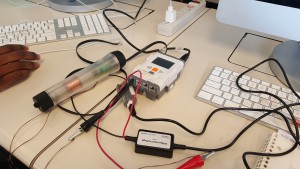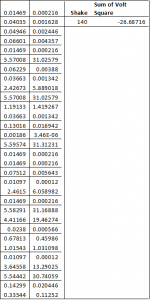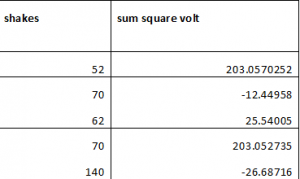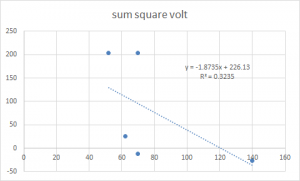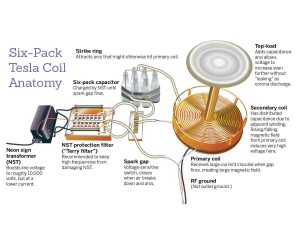What is Solar Energy?
Solar energy is energy provided by the sun. This energy is in the form of solar radiation can makes the production of solar electricity. Electricity can be produced from light, PV, and cells. Solar energy produces most electricity during the hot days. One megawatt hour of solar electricity offsets about 0.75 to 1 tonne of CO2. Australia is one of the sunniest countries in the world so it has a huge potential for solar PV to make a contribution for electricity generation. That is why so many countries today want to build a innovation solar energy project that develop electricity generation by using natural resources such as sunlight.
Solar Powered Projects around the World
1) Sanyo’s Solar Ark
Solar Ark is an ark-shaped solar photovoltaic power generation facility. It is solar-collecting building that boasts over 5,000 solar panels which kick off over 500,000 kWh of energy per year. Solar Ark is about 315-meter-wide and 37-meter-tall which is located in Gifu Prefecture, Japan. Also, there are over 5,000 colored LEDs that can light up to create images and messages. Inside the Solar Ark is solar museum and laboratory where Sanyo employees are working for the next solar technology generation. Sanyo’s Solar Ark is one of the largest solar building in the world.

2) China’s Solar Powered Office Complex
China is an heavy user of fossil fuels and climate killer. This country met 70% of its need by exploiting coals. The pollution in China is at a dangerous level where people have to limit their outdoor activities. That is why China wants to make a change in its environment by building a largest solar-powered office building in the world. This building is located Dezhou, China. the 75,000 square meter structure building is used for scientific research, meeting, training facilities, and a hotel. All of these activities will be run on solar power. China is trying to use solar power to develop energy generation and reduce pollution. Also, this project can save 30% more energy than national standard. Chinese want to make their country as green as possible from now.

Sahara Forest Project
Sahara Forest Project is as a solution to provide fresh water, food, and energy in the world’s most arid regions. This project was created by Michael Pawlyn, Seawater Greenhouse designer Charlie Paton, and structural engineer Bill Watts. Norway and Jordan recently signed an agreement to allow Sahara Forest Project to build on a plot of land in Jordan. Also, there will be a group conduct the number of studies in Jordan. The test size will be 200,000 square meter plot in Aqaba which is close to the Red Sea. Sahara Forest Project combines Concentrated Solar Power (CSP) and Seawater Greenhouses which can provide a huge amount of energy and sustainable agricultural solutions. Also, Seawater Greenhouses uses solar power to convert salt water into fresh water which can use to grow fresh vegetables. This project is scheduled in 2015 and if it is successful, we will not be worried about the food supplies and water because they can be grew and produced even though in the desert.

Conclusion
I strongly believe that we will be safe in this technological environment because we are trying to make this planet as green as possible. People are trying to reduce pollution by their best. Following three examples about innovated solar energy powered projects, I believe that we can use solar to develop energy generation in every situation. I hope that those projects can do their best in saving energy and reduce pollution around the world. I hope to see Sahara Forest Project be successful in the future. It will be amazing when we can grow food in a hottest desert in the world. Someday, we might be able to live there instead of finding the living space on Mars.
____________________________________________________________________
Reference:
http://www.greenoughsolarfarm.com.au/solar-energy/what-solar-energy
http://inhabitat.com/the-worlds-6-coolest-solar-powered-projects/
http://inhabitat.com/solar-ark-worlds-most-stunning-solar-building/
http://inhabitat.com/worlds-largest-solar-energy-office-building-opens-in-china/
http://inhabitat.com/norway-and-jordan-sign-agreement-to-make-sahara-forest-project-oasis-a-reality/






